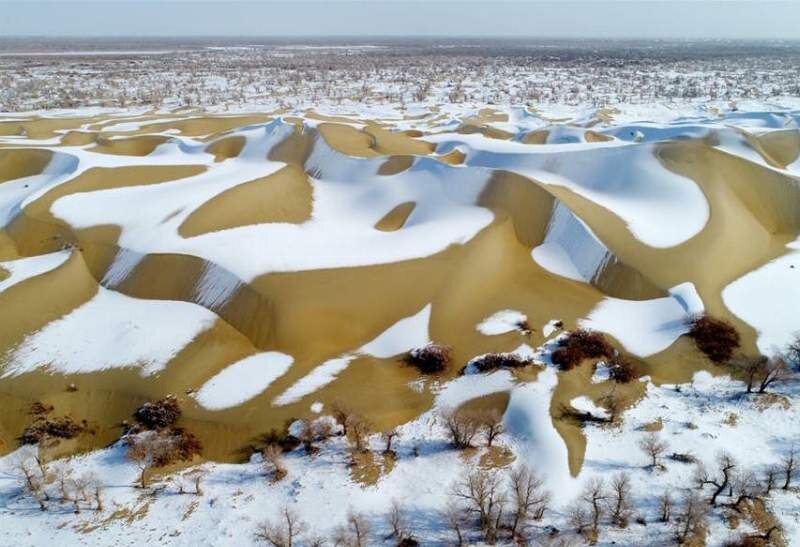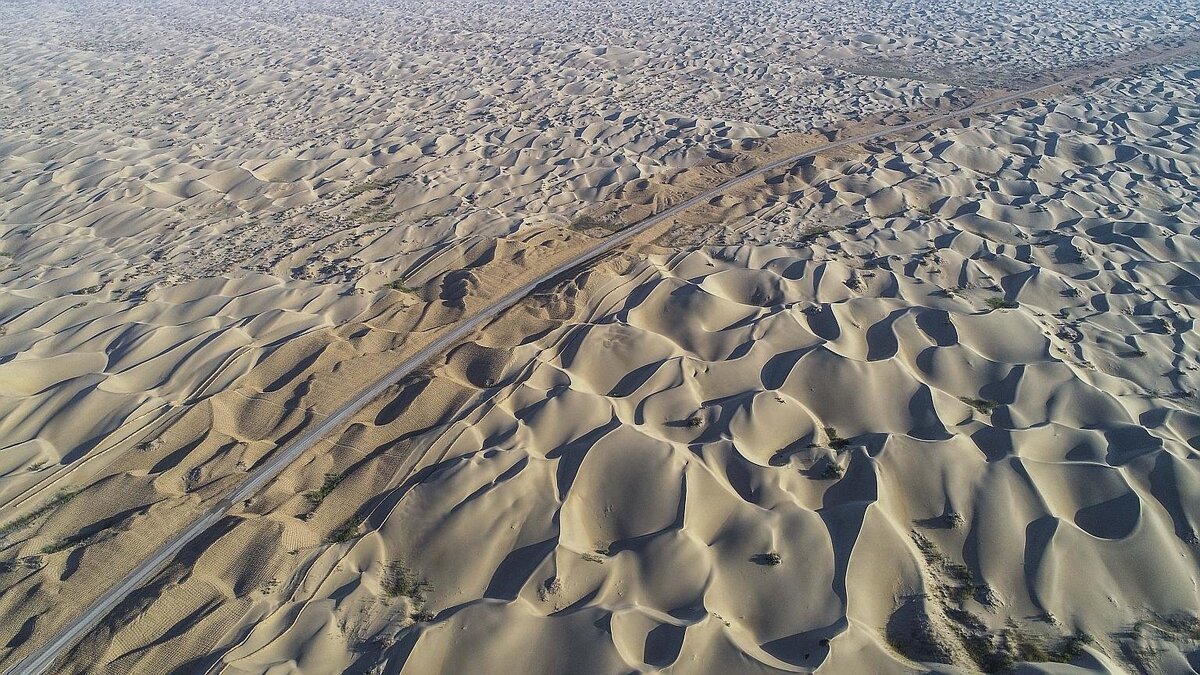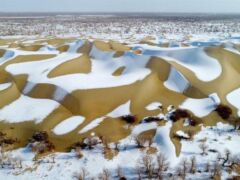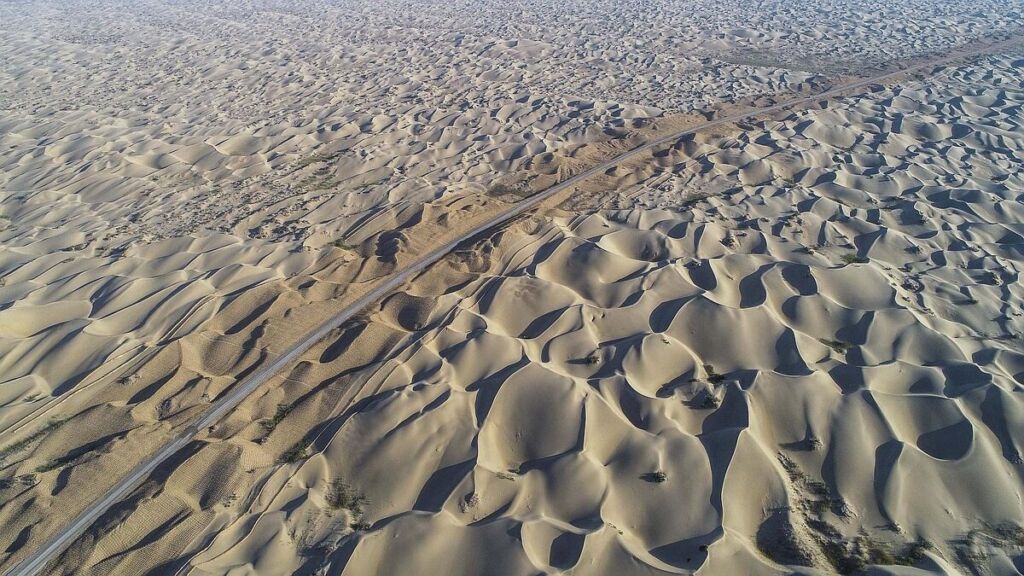Страна:
Регион:
Значение:
Время визита:
Цена:
бесплатно
Почему Топ:
One of the largest sand deserts in the world.
Описание:
Facts about the Taklamakan Desert:
— the second largest mobile sand desert in the world, approximately 85% of which consists of mobile sand dunes.
— on the outskirts of the Taklamakan, significant areas are occupied by salt marshes.
— rivers flowing from the Kunlun penetrate into the Taklamakan for 100–200 km, gradually drying up in the sands.
— the depth of groundwater in the depressions of the relief (within the ancient deltas and old rivers) is 3–5 m, they are usually difficult for plants to access.
— the climate is sharply continental, with an insignificant (less than 50 mm per year) amount of precipitation.
— in 2008, during an episode of winter storms in China, the Taklamakan was completely covered for the first time in the history of observations with a thin layer of snow, reaching 4 cm, with a temperature of ‑26.1 °C.
— in the windiest areas, sand dunes move an average of 20 m per year; therefore, bridges (viaducts) have been built in such areas to allow sand to pass underneath them, and trains and railways are less exposed to sandstorms.
Категории:
Зачем посещать:
Интерес:
Физподготовка:
Лучшее время:
Доступ:
Roads:
Emergency:
112
Info:
Safety:
Safely
Clothing:
Seasonable
Connection:
Ok
[my_articles_1 post_type=“articles_dir_ltg”]





